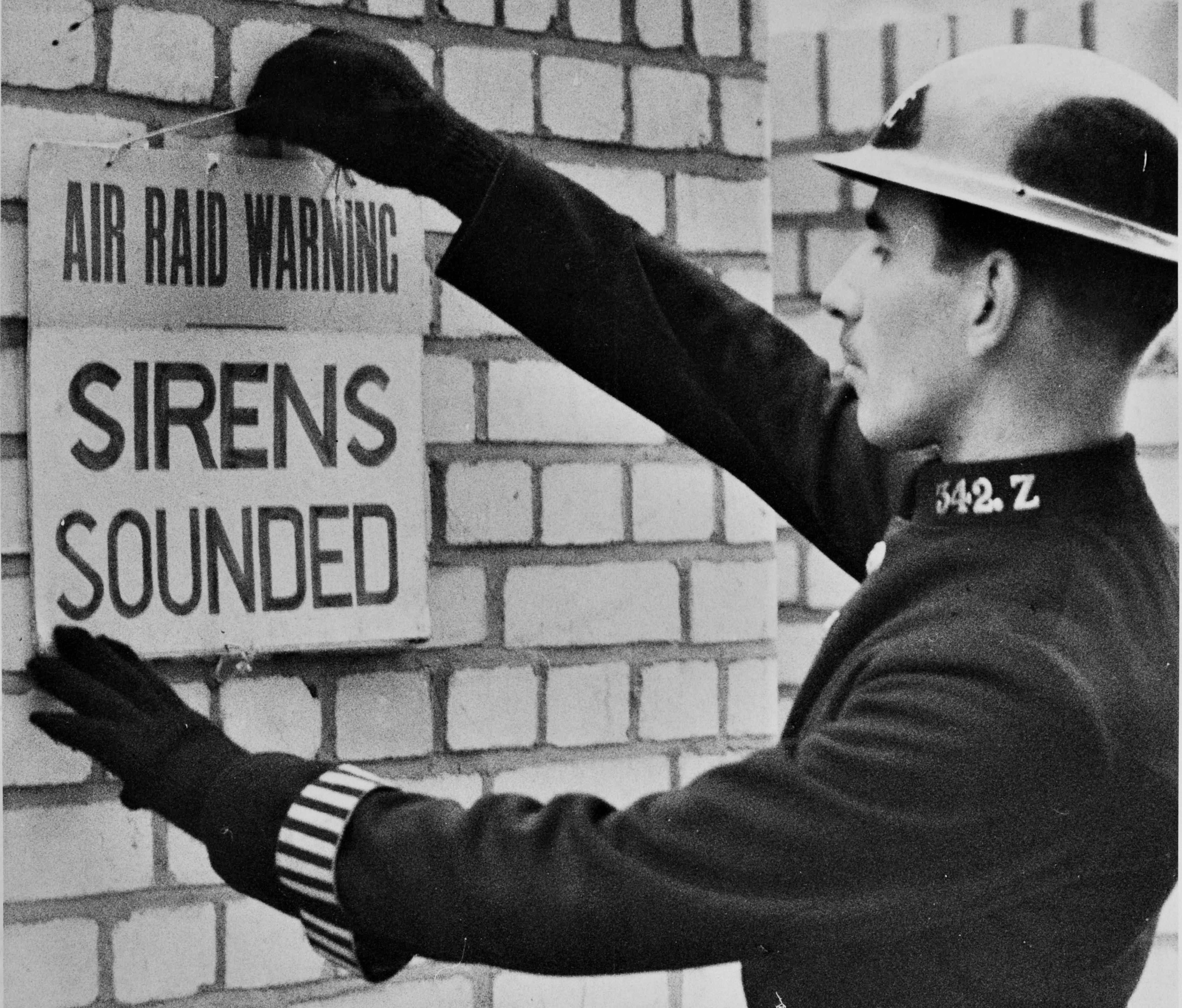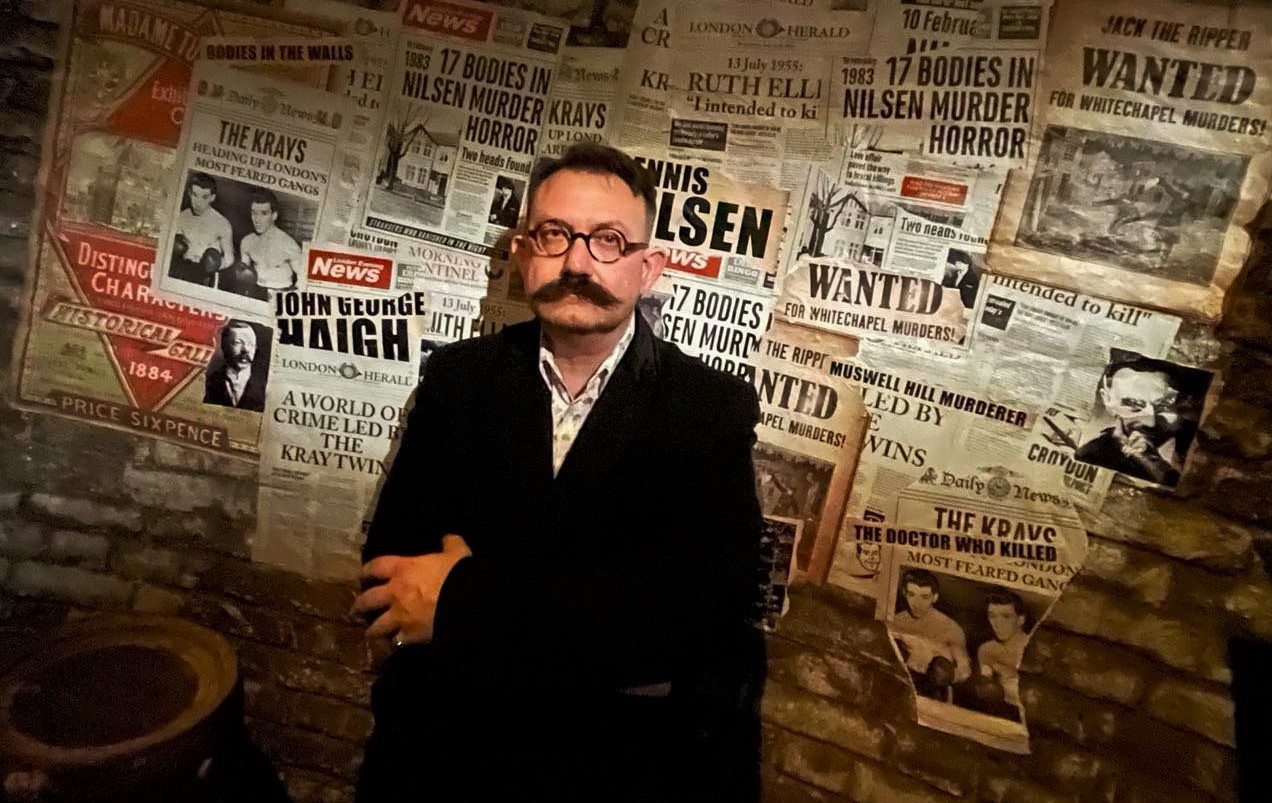Author Guest Post: Neil R. Storey
The Blackout Murders

When Britain’s wartime streets were suddenly plunged into the inky black darkness of the blackout it provided superb cover for criminal activities and not just a crime wave but a murder wave ensued as criminals of all types took advantage of the enforced darkness for their nefarious deeds. In fact, some of Britain’s most infamous serial killers began killing using the cloak of the blackout and wartime conditions to their advantage.

Here are FIVE things you probably did not know about some of the most infamous murders in Britain during the Second World War
1. The first murder in the blackout during the Second World War was discovered when an Edinburgh City police constable was making his rounds on the leafy, tree lined park land of The East Meadows found the body of fifty-two year old mother of three Isabella Ralph on 15 September 1939. All but forgotten today, this killing, dubbed ‘The Blackout Murder’ by the press, saw a manhunt launched across Scotland and the North of England for her killer. He was eventually tracked down and identified as twenty four year old John Henry Connell, who was brought to justice and found guilty of culpable homicide.
2. Leading Aircraftman Gordon Frederick Cummins, the murderer known to history as ‘The Blackout Ripper,’ is probably the most notorious of all the wartime murderers after his horrific spree killing of four women and two attempted murders over a six day period in London during February 1942. Chillingly, he never went out armed instead he used the stockings worn by the women he attacked and implements he found in the kitchens and round the homes of his victims to inflict horrific wounds upon them.
3. John George Haigh the ‘Acid Bath Murderer’ was, to all outward appearances. A dapper, well dressed and immaculately groomed gentleman who loved classy restaurants, smart hotels and fast cars. Claiming to be ‘doing his bit for the war’ in the development of important engineering for the war effort he could never talk much about the exact nture of his work – careless talk costs lives you know! In reality he was a convicted swindler who was not above committing mourder to get his hands on other people’s money and properties. He befriended his victims, soon got to know if they had equity and if they had close family who might question where they went if they suddenly ‘went away.’ He even put himself in positions of trust so that he could take over their money and properties when they were gone. He would then lure them to his ‘workshop’ in a small self-contained basement in South Kensington. Brought there under the cover of darkness he murdered them and dissolved the bodies of his victims in oil drums which he filled with sulphuric acid. When he found the fumes from the dissolving bodies were too much we was also able to go upstairs, open the back door and take in the fresh air – all under the cover of the blackout.
4. John Reginald Halliday Christie, known to family and friends as ‘Reg’ was a War Reserve Constable in the Metropolitan Police. Wartime staffing shortages meant the police had not carried out the checks they really should have done otherwise they would have found he had convictions for assault and theft and would never have been admitted as a War Reserve Police Constable. Using his position of trust as a uniformed police officer and the knowledge he acquired through his job Christie lured his first victims to what would become his infamous home address of 10 Rillington Place in The Royal Borough of Kensington where he murdered them and buried them in the back garden all under the cover of the blackout. It was only after the end of the war when there were no more blackouts that he started hiding the bodies of those he killed around the house in the kitchen cupboard and under the floorboards because he feared being spotted digging suspicious holes or dragging the bodies into the garden for burial.
5. The Colne Strangler had attacked a number of women around the Lancashire town before inflicting a fatal stab wound to nineteen-year-old Eileen Barrett as she waited alone at a bus stop in Colne during the blackout on a cold and rainy night in March 1941. Her killer disappeared into the darkness and was never positively identified. Research by Neil Storey for The Blackout Murders uncovered Colne man Arthur Heys who at the time of the attacks knew he was going to be called up for service in the RAF and would be sent away to other parts of the country to train and serve. Wherever Heys was posted from airfield to airfield vicious attacks on women occurred but wartime conditions meant no one made the connections to this predator until one young WAAF was found murdered in a ditch near her airfield at Ellough in East Suffolk in 1944. The clues all led to Heys, he stood trial, was found guilty of this murder and was duly hanged for the crime. Sadly, as ever in wartime, manpower was stretched and despite a recommendation being made by the senior invesigating officer for Lancashire CID to look into Heys being responsible for the fatal stabbing in Colne, there is no mention of this being undertaken in the files that have been released to the public…


Order your copy of The Blackout Murders here.

